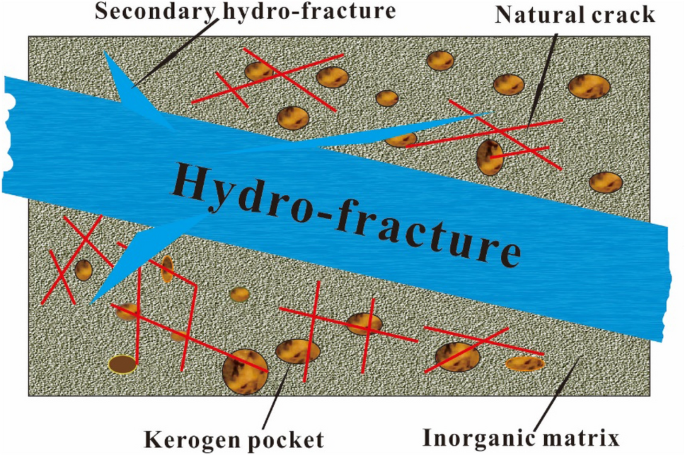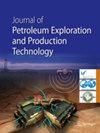页岩气井产能评价方法综述
IF 3.2
4区 工程技术
Q3 ENERGY & FUELS
Journal of Petroleum Exploration and Production Technology
Pub Date : 2023-10-09
DOI:10.1007/s13202-023-01698-z
引用次数: 0
摘要
地质和工程因素的影响导致页岩气井复杂的生产特征。产能评价方法是分析页岩气储层产量递减规律和预测最终采收率的有效方法。本文综述了产量递减法、解析法、数值模拟法和机器学习法。分析了不同方法的适用条件、基本原理、特点和局限性。研究发现,通过拟合型曲线分析,产量递减法能较好地解释气井产量和压力数据。该分析方法能够耦合多种输运机制,并量化不同输运机制对页岩气井产能的影响。数值模拟可以在页岩气藏中建立多种孔隙介质,直观地进行生产动态和产能预测。机器学习方法是一种新兴的方法,可以有效地利用页岩气井的现有生产数据来预测产能。最后,探讨了页岩气井产能评价方法的发展方向和面临的挑战。本文章由计算机程序翻译,如有差异,请以英文原文为准。

Review of the productivity evaluation methods for shale gas wells
Abstract The influence of geological and engineering factors results in the complex production characteristics of shale gas wells. The productivity evaluation method is effective to analyze the production decline law and estimate the ultimate recovery in the shale gas reservoir. This paper reviews the production decline method, analytical method, numerical simulation method, and machine learning method. which analyzes the applicable conditions, basic principles, characteristics, and limitations of different methods. The research found that the production decline method can mainly account for the gas well production and pressure data by fitting type curve analysis. The analytical method is able to couple multiple transport mechanisms and quantify the impact of different mechanisms on shale gas well productivity. Numerical simulation builds multiple pore media in shale gas reservoirs and performs production dynamics as well as capacity prediction visually. Machine learning methods are a nascent approach that can efficiently use available production data from shale gas wells to predict productivity. Finally, the research discusses the future directions and challenges of shale gas well productivity evaluation methods.
求助全文
通过发布文献求助,成功后即可免费获取论文全文。
去求助
来源期刊
CiteScore
5.90
自引率
4.50%
发文量
151
审稿时长
13 weeks
期刊介绍:
The Journal of Petroleum Exploration and Production Technology is an international open access journal that publishes original and review articles as well as book reviews on leading edge studies in the field of petroleum engineering, petroleum geology and exploration geophysics and the implementation of related technologies to the development and management of oil and gas reservoirs from their discovery through their entire production cycle.
Focusing on:
Reservoir characterization and modeling
Unconventional oil and gas reservoirs
Geophysics: Acquisition and near surface
Geophysics Modeling and Imaging
Geophysics: Interpretation
Geophysics: Processing
Production Engineering
Formation Evaluation
Reservoir Management
Petroleum Geology
Enhanced Recovery
Geomechanics
Drilling
Completions
The Journal of Petroleum Exploration and Production Technology is committed to upholding the integrity of the scientific record. As a member of the Committee on Publication Ethics (COPE) the journal will follow the COPE guidelines on how to deal with potential acts of misconduct. Authors should refrain from misrepresenting research results which could damage the trust in the journal and ultimately the entire scientific endeavor. Maintaining integrity of the research and its presentation can be achieved by following the rules of good scientific practice as detailed here: https://www.springer.com/us/editorial-policies

 求助内容:
求助内容: 应助结果提醒方式:
应助结果提醒方式:


